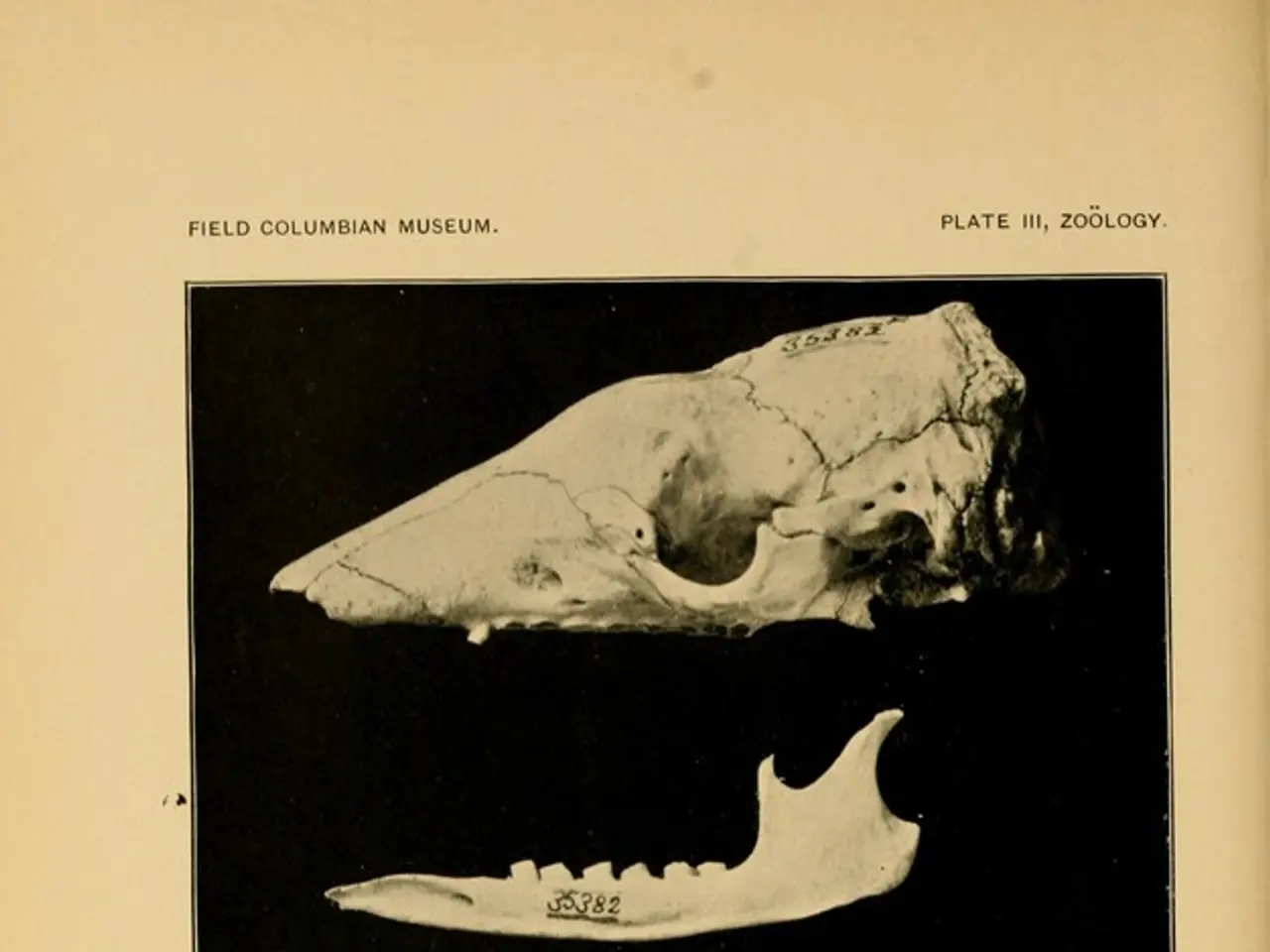Guidance for Osteoarthritis Patients: Objectives and Strategies
Empowering Osteoarthritis Patients: The Importance of Education and Self-Management
Living with osteoarthritis (OA) can be challenging, but effective patient education plays a crucial role in helping individuals manage their symptoms and improve their quality of life.
The American College of Rheumatology, Arthritis Foundation, and American Academy of Orthopaedic Surgeons offer resources for OA patient education, providing accurate information about the disease and its self-management. This knowledge empowers patients to take control of their condition and make informed decisions about their care.
The goal of OA patient education is to give people the knowledge they need to decrease pain, increase function, and enhance their quality of life. It achieves this by focusing on exercise, lifestyle modifications, and psychosocial support.
Exercise and Physical Activity
Exercise is a key part of OA treatment, and experts recommend that adults get 150 minutes of moderate-to-vigorous exercise per week. Low-impact activities such as swimming or walking are recommended to protect joints. Nationally recommended exercises include low-impact aerobics, strength training, balance exercises (e.g., yoga, tai chi), and aquatic therapy. These activities reduce joint pain and stiffness, improve muscle strength around the joint, and increase flexibility and function.
Self-Management and Disease Understanding
Patients learn basic OA pathology focusing on functional management rather than fear-inducing structural damage. This includes joint protection strategies and avoiding harmful repetitive motions while strengthening muscles to support the joint.
Weight Management and Diet
Education encourages weight reduction to decrease joint stress and inflammation. A balanced diet is another key element in weight management and includes plenty of fruits and vegetables, whole grains, low-fat dairy, lean proteins, healthy fats, and few or no foods high in saturated fat or added sugar. Diets rich in Omega-3 fatty acids (e.g., Mediterranean diet) are recommended to potentially ease inflammation and pain.
Use of Supportive Aids and Pain Management Techniques
Patients are taught to use canes, braces, shoe inserts, and thermal therapies (heat/cold) to lower pain and improve mobility. Counterirritants such as capsaicin and menthol creams are topical products that produce heat or cold sensations. Combining patient education with exercise and manual therapy can boost the effects of these therapies.
Psychological and Social Support
Patient education often includes information on support groups and coping strategies to address frustration, fatigue, and other emotional challenges associated with chronic OA. Practicing meditation or mindfulness, spending time in nature, spending time with family and friends, and engaging in fun activities can help reduce stress and improve quality of life.
Holistic Interventions
Yoga and relaxation practices incorporated in education programs have demonstrated improvements in pain, function, mood, and overall quality of life by combining physical postures, breathing exercises, and meditation to interrupt the chronic pain cycle and improve psychological health.
Preventing Complications
OA patient education also includes providing information about the potential complications of OA, such as the increased risk of other conditions like high blood pressure, high cholesterol, and type 2 diabetes due to overweight. Assistive devices such as jar openers and larger cutlery can reduce strain on joints.
In summary, effective OA patient education involves a comprehensive, evidence-based approach centering on empowerment through knowledge, exercise, lifestyle adjustment, and psychosocial support—all of which contribute to reduced pain, improved function, and enhanced quality of life for patients living with osteoarthritis.
[1] Arthritis Foundation. (2021). Osteoarthritis. Retrieved from https://www.arthritis.org/diseases/osteoarthritis
[2] American College of Rheumatology. (2021). Osteoarthritis. Retrieved from https://www.rheumatology.org/I-Am-A/Patient-Caregiver/Diseases-Conditions/Osteoarthritis
[3] American Academy of Orthopaedic Surgeons. (2021). Osteoarthritis. Retrieved from https://orthoinfo.aaos.org/en/diseases--conditions/osteoarthritis
[4] Centers for Disease Control and Prevention. (2021). Arthritis: Managing Osteoarthritis. Retrieved from https://www.cdc.gov/arthritis/basics/osteoarthritis.htm
[5] Mayo Clinic. (2021). Osteoarthritis. Retrieved from https://www.mayoclinic.org/diseases-conditions/osteoarthritis/symptoms-causes/syc-20355480
Read also:
- Setting Up and Expanding Operations at a Soil Blending Facility
- Regional University's healthcare system strengthened through collaborative partnership with Chancellor Dr Fiona Hill
- Reminisced University Trustee David M. Flaum as a 'fervent advocate' for the University and community
- University of Minnesota announces Certification for their course, Introduction to Human Behavioral Genetics








